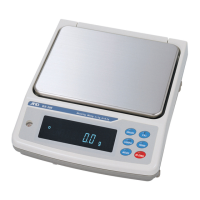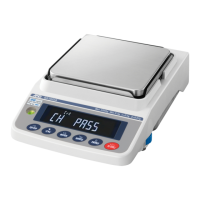What does parameter setting error mean on A&D GX-6000?
- JJason BennettSep 7, 2025
A parameter setting error on A&D Scales means the received data exceeds the range that the balance can accept. To resolve this, confirm the parameter range of the command.




